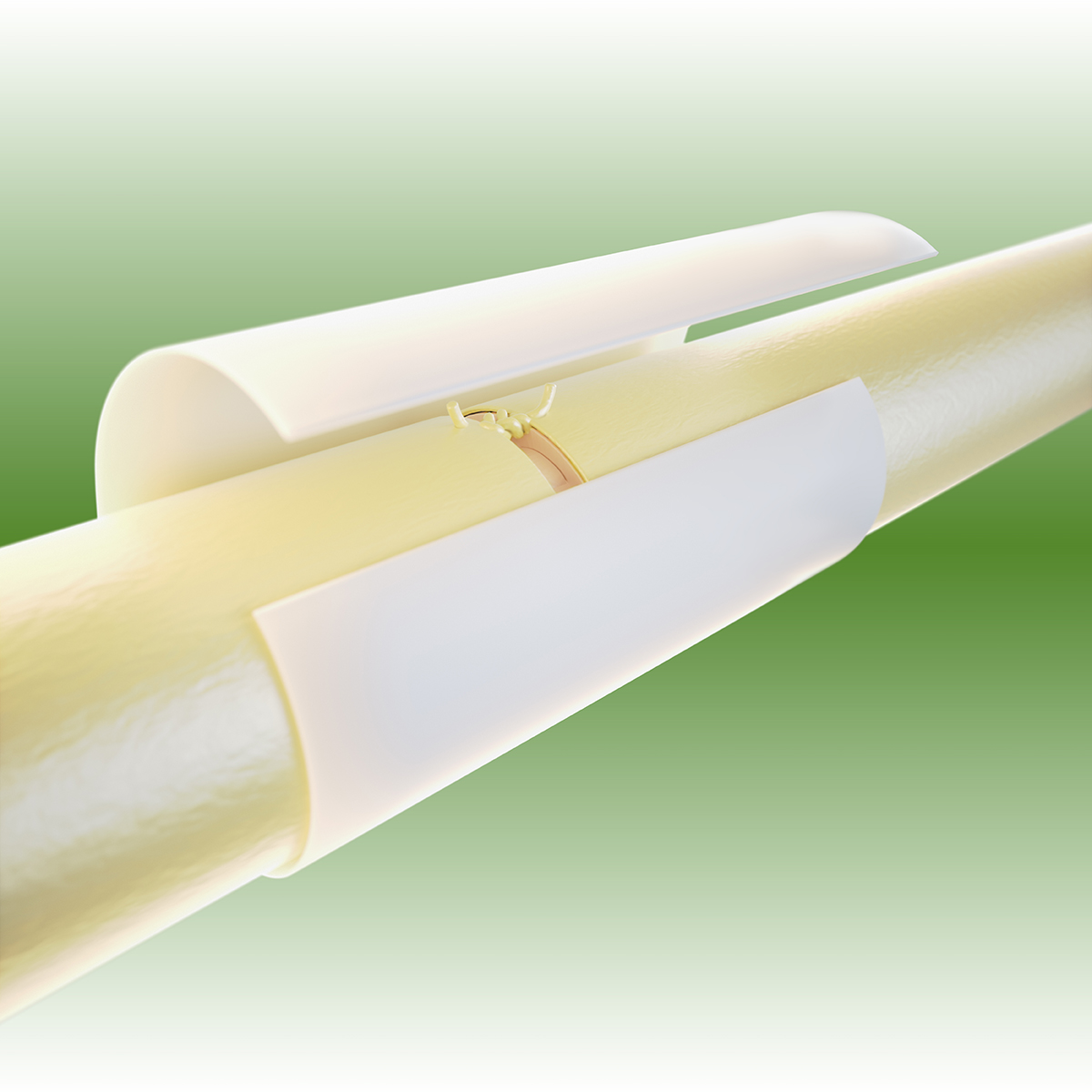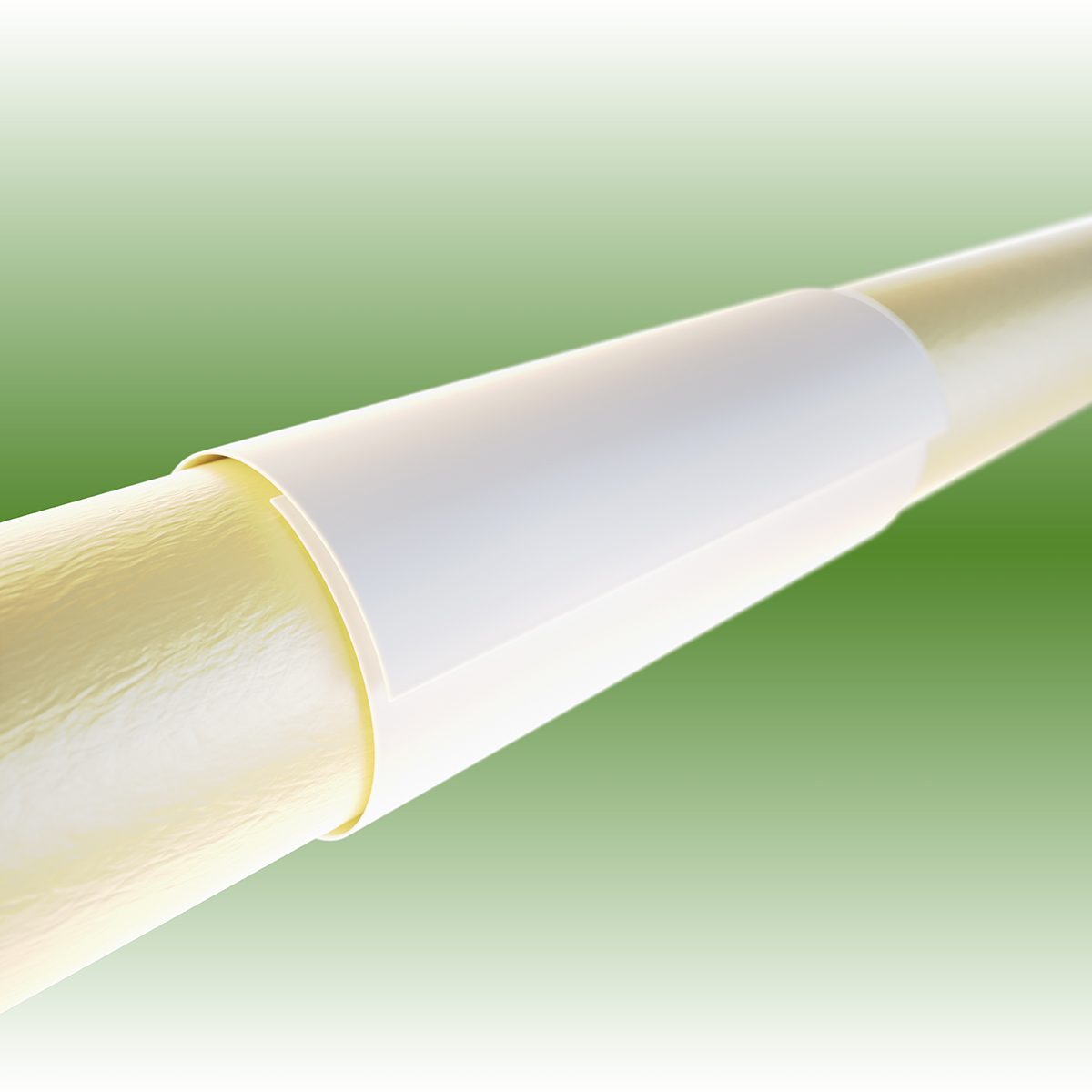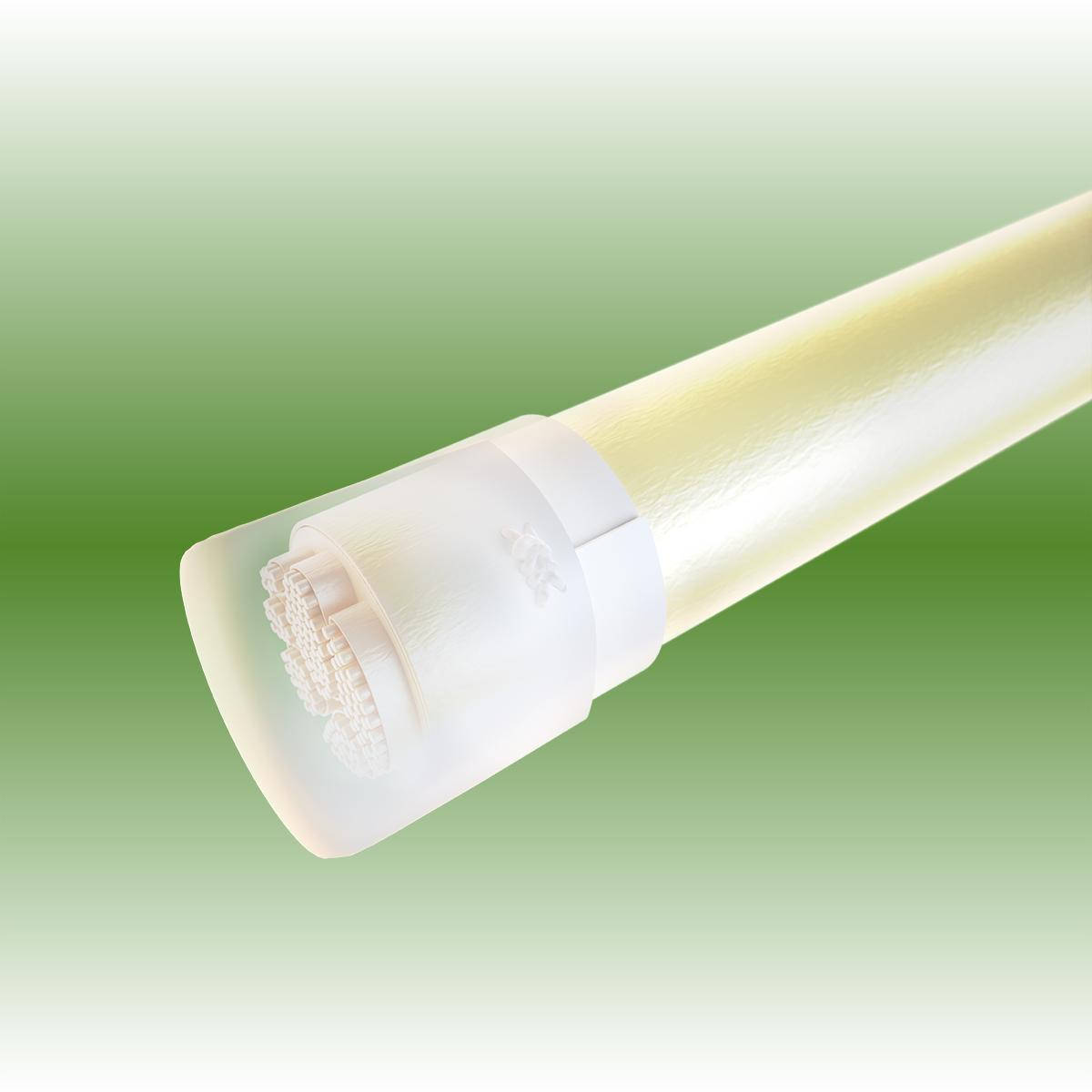Remplir™ is redefining nerve repair. This collagen nerve wrap provides compression-free protection to the nerve, generating an ideal microenvironment to aid nerve healing. Remplir is manufactured by Orthocell Ltd from the highest quality porcine peritoneum using a proprietary SMRT™ manufacturing process to preserve the natural collagen structure for optimal tissue integration.
Gravida lorem scelerisque eleifend cubilia dapibus commodo dolor tristique rhoncus auctor a ut scelerisque dignissim amet himenaeos per a sociosqu nascetur consectetur vestibulum.Sapien a in varius vestibulum etiam.
Nerve repair products are used by a variety of healthcare professionals to treat patients who require surgical treatment of peripheral nerve injuries or conditions.
Remplir is a highly versatile product that delivers a single solution for surgical repair of peripheral nerve injuries. Remplir provides compression-free protection to the nerve and an ideal microenvironment to aid nerve healing.

Remplir can be used to facilitate tensionless repair during nerve coaptation. Nerve ends are exposed and mobilised, then approximated with one or two sutures to align nerve ends. The coaptation site is wrapped with a protective layer of Remplir, which can be secured to the nerve with an additional suture at each end. Placing sutures away from the coaptation site reduces the risk of scar formation that can impede axon regeneration across the suture line.
Unlike many nerve repair devices, Remplir's flexibility allows surgeons to create a seal around nerve ends that are different in size. This reduces the risk of both nerve compression, when using a device that is too small, and axonal escape/neuroma formation, due to gaps between the nerve and device. Remplir has also been successfully used to protect coaptation sites for nerve transfer, free-functioning muscle transfer, and nerve graft procedures.

Formation of adhesions and scar tissue can reduce the effectiveness of surgical procedures intended to treat conditions such as carpal and cubital tunnel syndrome, which may require revision surgeries. The smooth outer surface of Remplir is cell occlusive, which can reduce the risk of adhesion formation after primary or revision surgery and promotes nerve gliding. Remplir consists of collagen fibers that are similar in size and arrangement to normal human epineurium, making it an ideal biomaterial for regeneration of healthy nerve tissue.

Remplir can be used as a nerve cap to prevent recurrence of neuroma after resection of a terminal neuroma, or to prevent neuroma formation after amputation. Remplir is a thin and flexible flat sheet, allowing it to be wrapped and folded around the transected nerve end and secured in place with sutures. The surgeon does not need to measure the diameter of the nerve and select an appropriately sized capping device when using Remplir. The seal formed by Remplir around the nerve prevents regenerated axons from escaping, reducing the risk of neuroma formation.








*In the US this product is available for ASC's only
Remplir is a collagen-based nerve wrap designed to support the repair of peripheral nerve injuries by providing a compression-free environment that promotes optimal healing. Following approval by the Australian Therapeutic Goods Administration in 2022, product adoption by plastic reconstructive and orthopaedic surgeons has been strong with over 3,000 procedures with no reported adverse events or safety concerns. Adoption has been driven by the excellent outcomes observed in pre-clinical studies, published clinical data and case reports. This document summarizes the growing body of evidence, as well as ongoing studies to further highlight the consistent and predictable outcomes following nerve repair with Remplir.
Evidence Summary1. O'Beirne, A., J. Cullen, E. Landao-Bassonga, M. Zheng, C. Lee, P. Kaluskar, A. Tai and M. Zheng (2024). "Reconstruction of Upper Extremity Peripheral Nerve Injuries Using an Epineurial-Like Collagen Device—A Prospective Clinical Study." Journal of Reconstructive Microsurgery Open 09(01): e78-e88.
2. Data on file